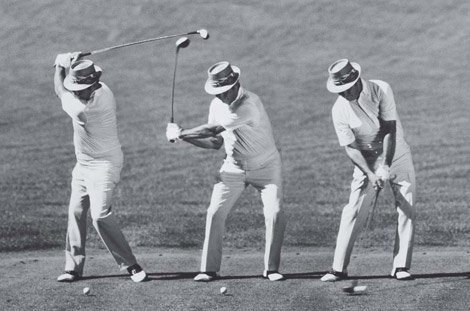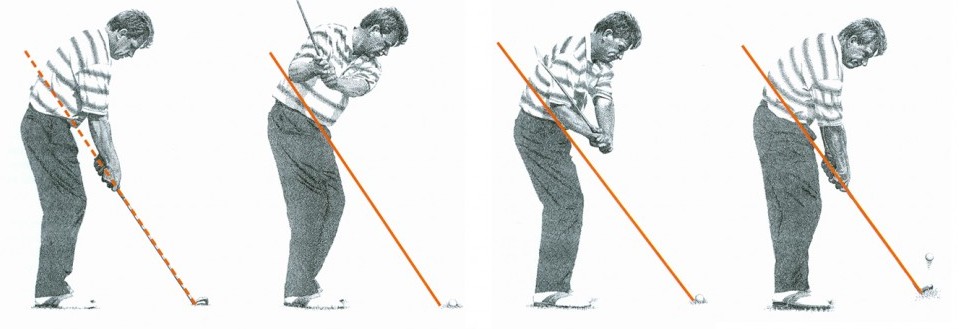Get That Body Moving!
/If you want the ball to get going you’ve got to get your body moving. For far too long the golf instruction community has restricted the pivot, but the advent of quality statistics and a deeper understanding of what truly matters in golf has opened our eyes to the value of distance. I get it - we’re all getting older. Me too! We must wage the battle against slower and smaller golf swings on a daily basis. This video in my “3 Keys Series” will help…
If you’re a seasoned veteran or someone that’s new to the game, these keys will help you hit the ball with more authority:
Allow the lead heel to get up off the ground in the backswing and free up the lower body.
Get your belt buckle pointing away from the target as much as you physically can in the backswing.
Feel the lead shoulder stretch away from the target so that you can really feel the tension and torque in your body as you wind up.
I would encourage everybody to start doing this at home with out a club and in front of a mirror. You most likely know what it should look like, but we all need to get a feel for the right look. A mirror will help! From my own experience in working to incorporate these elements into my golf swing it will take some time as you get more comfortable with the bigger pivot, but the gains far outweigh the discomfort.
Stay patient and never give up trying to get better!
Sam Snead















